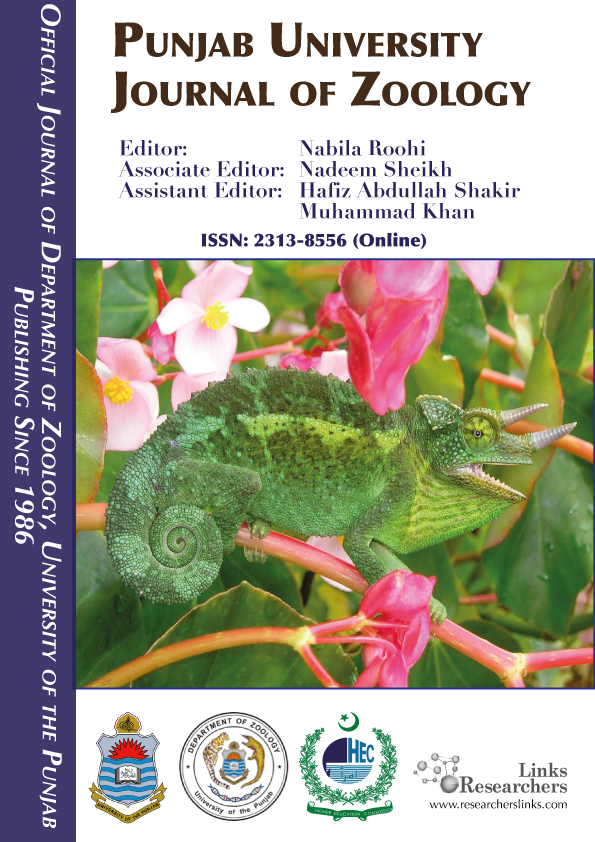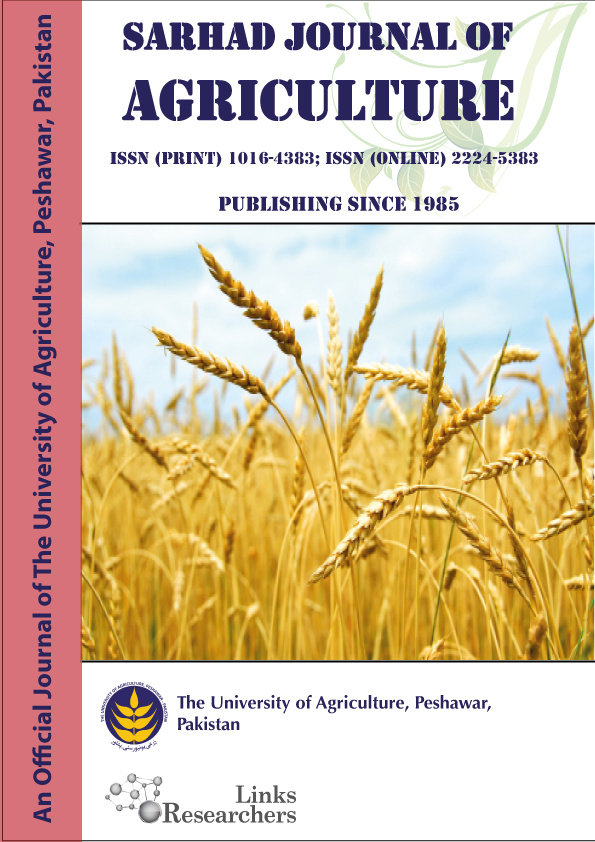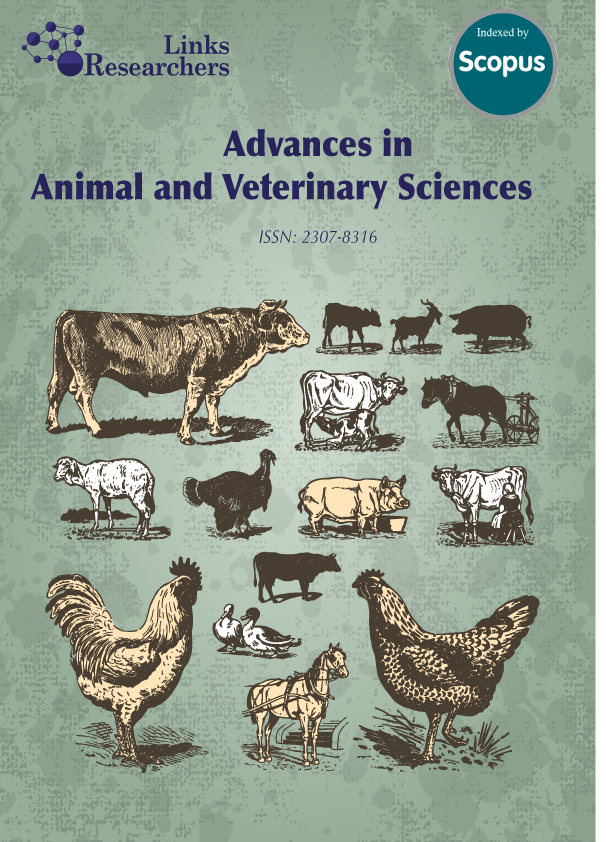Haniya Mazhar1, Naaz Abbas2, Zahid Hussain3, Amir Sohail4, Syed Shahid Ali4*
Parsa Riaz and Muhammad Naeem*
Saddam Hussein Mahmoud* and Shaimaa Nabhan Yassein
E.O. Garuba1*; O.M. Ajunwa2; O.S. Oguntomi1; A.A. Onilude1
Fabrice Mutijima; Mostafa Basiony; Morihisa Fujita*
Mohammed Ajdig1,2; Bahia Rached2,3; Ahlam Mbarki1,2; Taha Chouati2,4; Chouhra Talbi1; Elmostafa El Fahime2,4; Marouane Melloul1,2*
Featuring
-
Psychobiotics, Novel Therapeutic Agents for the Psychiatric Disorders
Praveen Reddy P., K. Sandhya and Aparna Srikantam
Novel Research in Microbiology Journal, Vol. 9, Iss. 1, pp. 28-40
-
Polyhydroxyalkanoates Biopolymer Production by Moderately Halophilic Paracoccus onubensis Strain E3: Extraction, Characterization and Synergistic Activity with Sorafenib Drug against Hepatocellular Carcinoma through Molecular Docking Approach
Hend A. Hamedo, Ahmed E.M. Shokr, Omnia T. Abd-Elsalam and Naglaa Elshafey
Novel Research in Microbiology Journal, Vol. 9, Iss. 1, pp. 13-27
-
Isolation, Characterization and Genetic Diversity of Aspergillus flavus in Animal Feed
Dina Al-Shinawy, Reda E.M. Moghaieb, Sara B. Awaly, Gihan El-Moghazy and Dalia S. Ahmed
Novel Research in Microbiology Journal, Vol. 9, Iss. 1, pp. 1-12
Subscribe Today
Receive free updates on new articles, opportunities and benefits

© 2025 ResearchersLinks. All rights Reserved. ResearchersLinks is a member of CrossRef, CrossMark, iThenticate.





